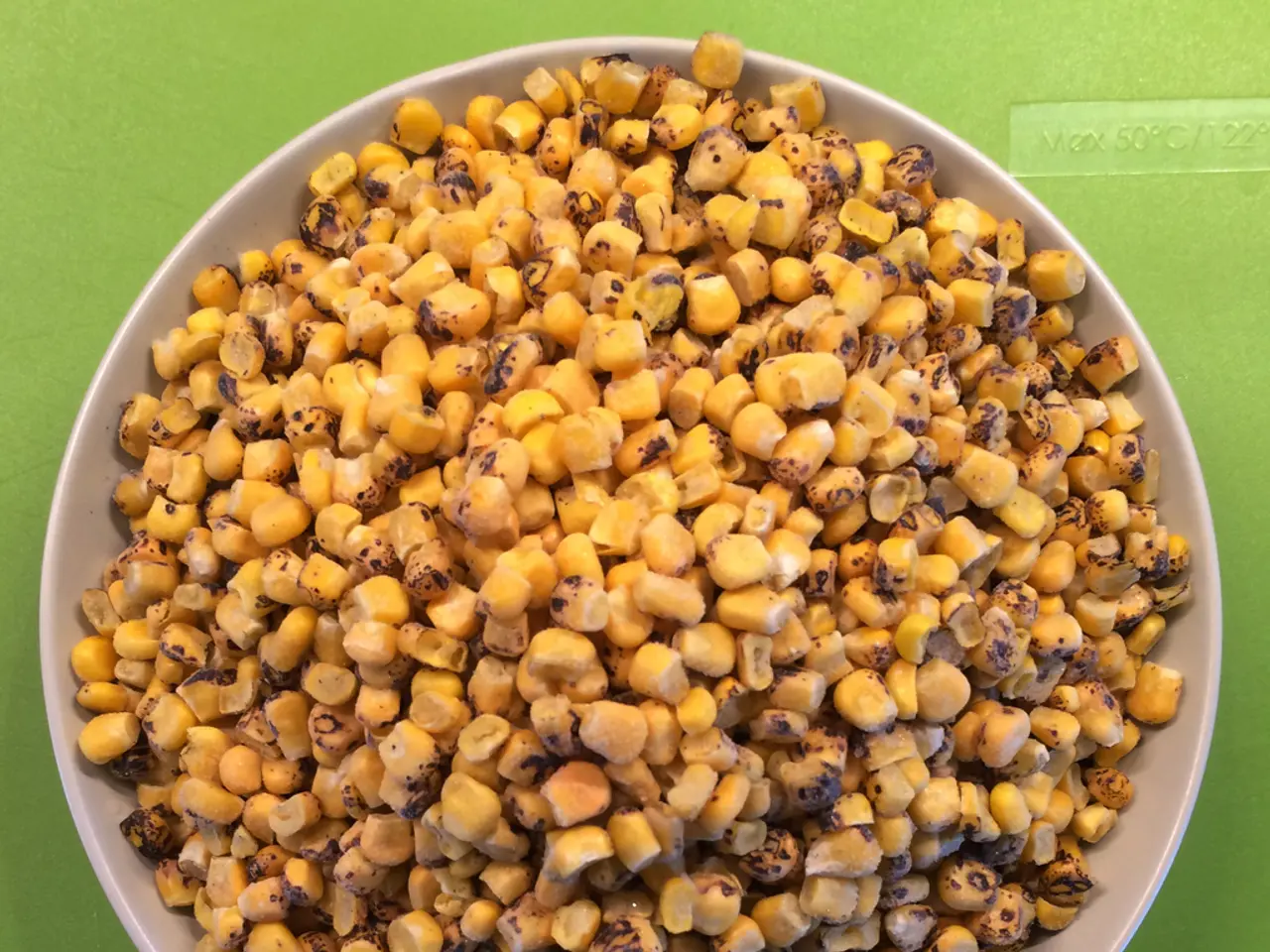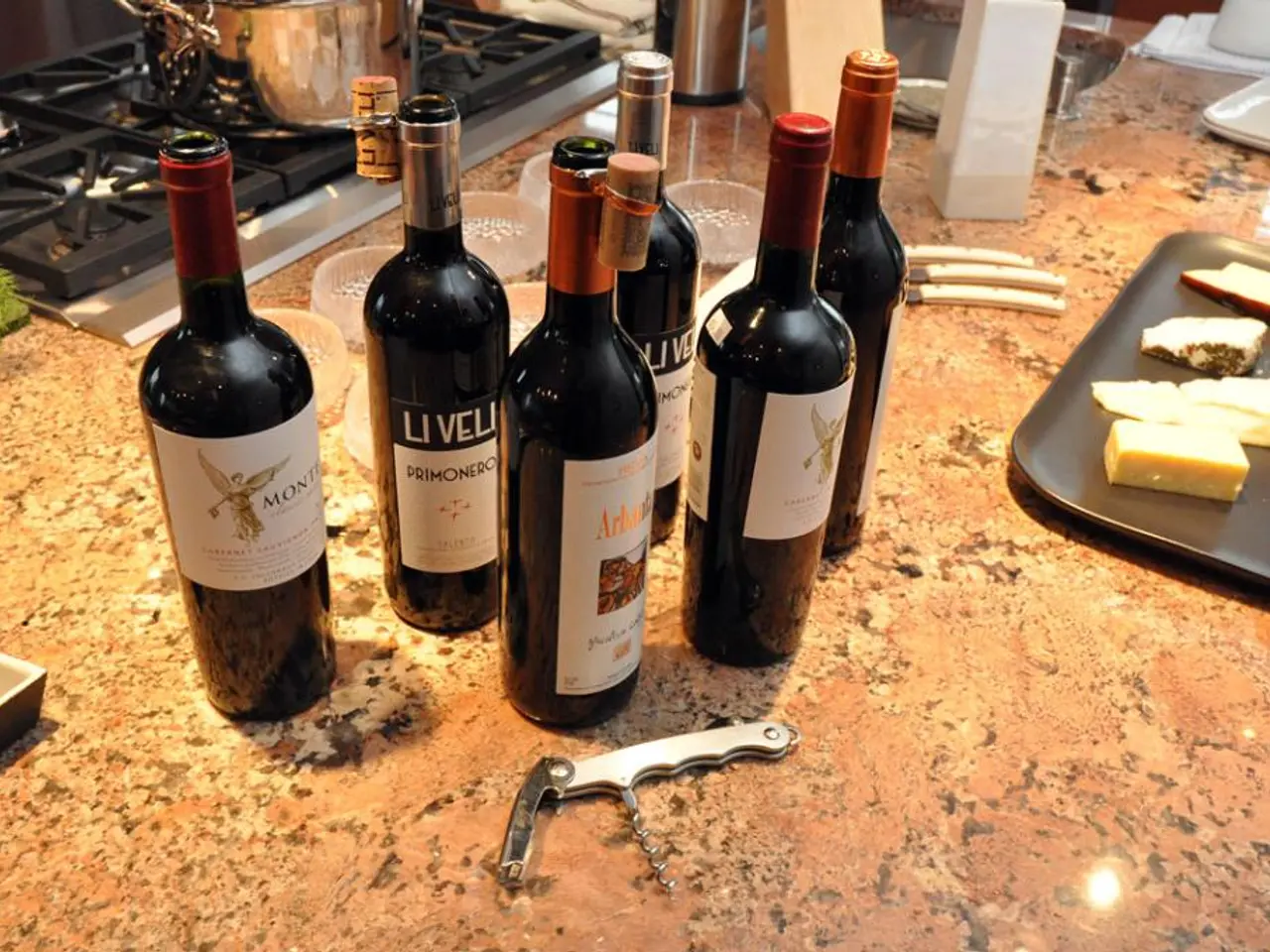Guide for Beginners: Comprehensive Insights into Seed Germination
In the world of gardening, the methods for starting seeds vary significantly depending on whether they are warm weather or cold weather seeds. These differences are primarily due to the temperature and moisture requirements for germination.
For warm weather seeds, such as tomatoes, peppers, beans, and others like cucumbers, squash, basil, and marigolds, it's best to start seeds indoors in trays or small containers filled with well-draining seed starting mix. To maintain soil moisture without making it soggy, bottom watering is recommended. Aim for a soil temperature of around 70°F (21°C), using heat mats if necessary, as warm seeds need consistent warmth to germinate well. Once seedlings emerge, provide good air circulation and adequate light, often using grow lights indoors. It's crucial to transplant outdoors only after the last frost date and soil has warmed sufficiently to avoid cold shock.
On the other hand, many cold weather seeds, such as spinach, peas, radishes, and lettuce, can be directly sown outdoors because they tolerate cooler soil and air temperatures. Timing is crucial for these seeds, with sowing happening in early spring or late summer/fall according to their frost tolerance and days to maturity. Some cold weather seeds benefit from frost seeding or dormant seeding techniques, which involve broadcasting seeds on soil while it is still frozen or dormant in late winter, allowing natural freeze-thaw cycles to help seeds settle and wait to germinate in spring.
Both warm and cold weather seeds benefit from clean, sterile seed-starting mix and proper moisture management. Warm seeds, however, need more controlled warmth and often a protected indoor start, while cold seeds can tolerate or even require chill periods and can often be sown directly outdoors.
Here's a summary of the best starting methods for warm and cold weather seeds:
| Seed Type | Best Starting Method | Key Environmental Needs | |-----------------|--------------------------------|-----------------------------------------------------------| | Warm Weather | Indoor seed trays + heat mats | 70°F soil temp, moist (not soggy), good light, warm soil | | Cold Weather | Direct sowing or frost seeding | Cool soil temps, timing around frost dates, natural freeze-thaw action |
By understanding and applying these approaches, gardeners can optimise germination and early growth for each seed type based on their climate adaptations. Whether you're growing vibrant summer vegetables or hearty winter greens, these techniques will ensure a successful gardening experience.
Home-and-garden enthusiasts who wish to grow warm weather plants like tomatoes, peppers, and basil, should start their seeds indoors in trays or containers filled with well-draining seed starting mix, and maintain a soil temperature of around 70°F (21°C) using heat mats if necessary. On the contrary, cold weather seeds such as spinach, peas, and lettuce can be directly sown outdoors, with timing being essential for successful germination, especially during early spring or late summer/fall. Proper understanding and application of the starting methods for these seed types will contribute significantly to a successful and thriving home-and-garden lifestyle.




